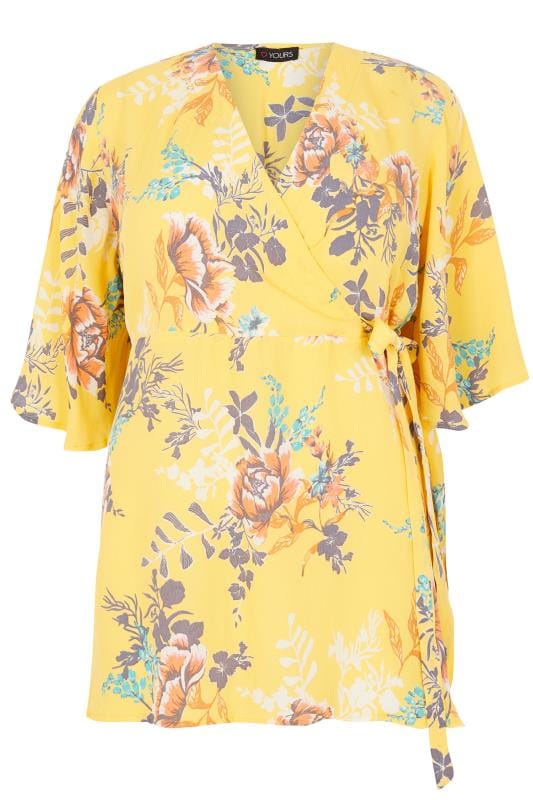
Use responsive pinning: You can decide which of the objects are to be static and which of them are to be fluid.For more information, see Position objects in responsive web design.

Position objects differently in different breakpoints: You can place a single object at different positions in different breakpoints.For more information, see Show or hide objects. Show/hide objects: You can optionally hide an object in a breakpoint while choosing to show it in another breakpoint.You can use the following options to ensure that your layout looks good at all the breakpoints: When users view your web page on various devices, the most appropriate media query and the corresponding design layout is picked up by the browsers and displayed to users. Most of the modern browsers can interpret the media queries corresponding to these breakpoints. Media queries is a CSS3 module that allows content rendering to adapt to different screen sizes. After adding the required breakpoints, you can tweak the design so that the objects are laid out nicely.Īt the back end, for every breakpoint, Adobe Muse adds a corresponding media query declaration to your web page. These are the widths that need additional breakpoints. For example, a line of text gets split into two, or images that were in a row get stacked up vertically. When you do so, you can see and record the width at which the design breaks. When you complete the design, you can preview the layout at various widths using the scrubber. You can start designing your layout for this width. By default, a new site in Adobe Muse contains a breakpoint for desktops (960 pixels width).


 0 kommentar(er)
0 kommentar(er)
